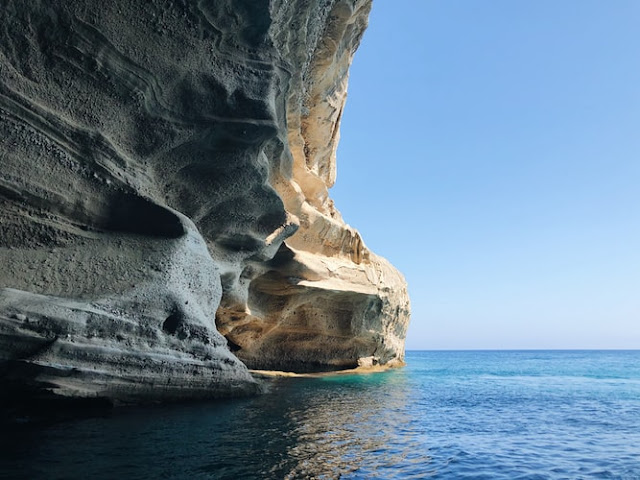Istanbul Holidays Help You Explore the Sultan Ahmed Mosque
Istanbul, a transcontinental city located in Turkey,
is the historic, cultural, and economic centre of the country. It spans the
continents of Europe and Asia with the Bosporus strait as the connecting point.
Most of the city's population resides on the Asian side, while the European
part is a major commercial and historic centre. Istanbul was founded as
Byzantion in the 7th century BCE when the region was a Greek colony. You'll
come across several historical buildings while exploring this part of Turkey
and most of them were built during the times when the city was under the rule
of the Ottoman Empire.
One such majestic structure you'll get to explore
during your Istanbul
holidays is the Sultan Ahmed Mosque, which is popularly called the 'Blue
Mosque'. The nickname refers to the blue shades that dominate the interiors and
exteriors of the structure. Constructed during the 17th century when the region
was under the reign of the Ottoman Sultan, Ahmed I, it still functions as a
mosque and also attracts a large number of tourists. This mosque is a part of a
large complex that comprises Sultan Ahmed's tomb, a Quranic school or
'madrasah', and a hospice. It has been built next to another major attraction
of the city, Hagia Sophia, also known as 'Aya Sofya'.
The origins of this mosque can be traced back to the
early 17th century when Sultan Ahmed I had ended his war with the Habsburg
Monarchy with a peace treaty and suffered defeat in his war with Persia later
on. He wanted to reassert the power of the Ottoman Empire and decided to
construct a massive mosque in Istanbul. It was to become the first imperial
mosque. As he didn't have many victories, he used funds from the kingdom's
treasury unlike his predecessors, who had used the spoils of war to build their
mosques.
You'll get to witness the five main domes, eight
secondary domes, and six minarets upon visiting this magnificent mosque. It
combines a few design elements of the neighbouring Aya Sofya and the
traditional Islamic architecture. The renowned architect Sedefkar Mehmed Aga
used some of the ideas of his master, Mimar Sinan, while working towards the
grandeur, majesty, and splendour of this structure. Among the prominent
features of the mosque is a special area for performing ablutions and a big
fountain in the middle.
While exploring this mosque, you'll also witness the
magnificence of its upper area, which is made up of 20,000 ceramic tiles. Each
of these tiles has about 60 tulip designs. There are 200 stained glass windows
in the lower area, which allow natural light into the interiors of the mosque.
Much of the lighting today is enhanced by the chandeliers. On these chandeliers
are ostrich eggs placed for repelling spiders and avoiding them from creating
cobwebs. Verses from the Quran have also been included in the decorations of
this mosque. Many of them were created by a renowned calligrapher known as
Seyyid Kasim Gubari, who was also noted for his poetic writings.




Comments
Post a Comment